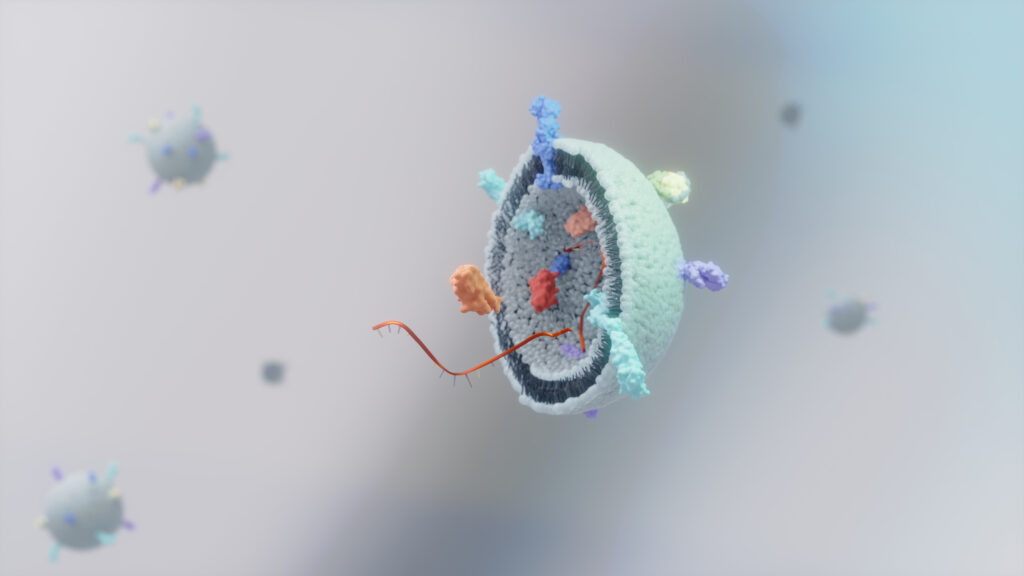The exploration of regenerative medicine has opened new avenues in the treatment of various skin conditions, including vitiligo, a chronic skin disorder characterized by the loss of pigmentation. A recent study conducted by Alireza Jafarzadeh, Arash Pour Mohammad, and Azadeh Goodarzi aims to evaluate the efficacy and safety of an array of regenerative treatments for this condition.
The study delves into several innovative therapies such as cell therapy, platelet-rich plasma (PRP), plasma-poor platelet (PPP), plasma-rich fibrin (PRF), mesenchymal stem cells, stromal vascular fraction (SVF), exosomes, adipose-derived stem cells (ADSC), and stem cell-conditioned media (SC-CM). Each of these therapies represents a unique approach to harnessing the body’s own healing mechanisms to restore skin pigmentation and improve the quality of life for those affected by vitiligo.
The authors are affiliated with reputable institutions in Iran, with Jafarzadeh and Goodarzi associated with the Department of Dermatology at the Rasool Akram Medical Complex Clinical Research Development Center, and Pour Mohammad from the Faculty of Medicine at the Iran University of Medical Sciences. Their collective expertise lends credibility to the investigation, which is vital in an era where regenerative medicine is gaining traction as a potential alternative to traditional treatments.
The primary objective of the study is to assess not only the effectiveness of these regenerative therapies but also their safety profile. This is crucial because while many treatments show promise, understanding the risks and potential side effects is essential for patient care. As vitiligo can have significant psychological impacts on individuals, finding safe and effective treatment options is a pressing need in dermatological practice.
In conclusion, the work of Jafarzadeh, Pour Mohammad, and Goodarzi contributes significantly to the growing body of research surrounding regenerative medicine in dermatology. By focusing on a range of therapies aimed at treating vitiligo, this study paves the way for future clinical applications that could transform the management of this challenging condition. As research continues to unfold, the hope is that these innovative treatments will offer new hope to those affected by vitiligo, allowing them to reclaim their skin and confidence.


